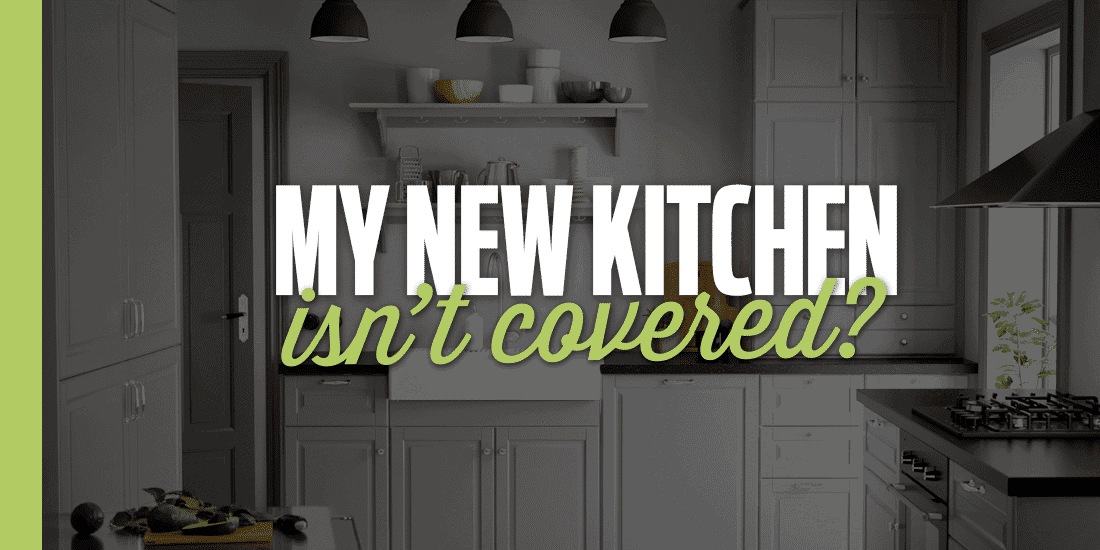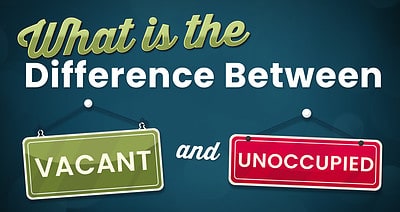
Saving on Critical Illness & Disability Insurance
April 23, 2023
Share:
Forms of life insurance, like disability and critical illness, are risk management, but not just for you. They’re forms of risk management for your entire family. Whether you’re the primary “breadwinner” or a caretaker, your dependents need your support to maintain their quality of living. If you were to become critically ill or even disabled, whether for the short or long-term, having critical illness or disability insurance can leave a bit of financial reparation behind to make up for your inability to work.
That all being said, transferring financial risk comes at a cost. Whether purchased for your employees as an employer or purchasing these policies as an individual, it’s important to address how best to manage your respective costs for disability and critical illness insurance.
What Is the Difference Between Critical Illness and Disability Insurance? Do I Need Both?
Both critical illness insurance and disability insurance are some of the least understood types of insurance. They are often offered as part of an employee benefits package, but not each and every critical illness or disability insurance plan is the same.
Disability insurance is an insurance policy that is designed to offer income for employees who are unable to work as a result of an illness or an injury. Critical illness, instead, pays a single tax-free lump sum payout following the diagnosis of a serious illness, so long as that critical illness was not due to a pre-existing condition and is covered by the policy.
The Heart and Stroke Foundation started that 40,000 to 50,000 people in Canada a year suffer from a stroke. Around 160,000 Canadians each year have heart attacks, and half of those people are under the age of 65. As an added, every person – with wavering ranges due to pre-existing conditions and genetic predisposition – has a 35%-40% chance of developing cancer in their lifetime.
Although nowadays, modern medicine means that a lot of diagnoses that were once deemed “lethal” are no longer, we still spend a lot of money during treatment from stroke, heart attacks, and cancer. In times after having been diagnosed, we may not be able to work, and we may spend a lot of money on in-home care, medicine, and treatments not covered by provincial healthcare plans.
Enter critical illness insurance. Critical illness may offer you a lump sum payment you can use however you’d like – for treatment or the vacation of your dreams – after a diagnosis.
Disability insurance, on the other hand, comes in handy to protect workers and their loss of income if they are permanently or temporarily disabled. It’s a great thing to have if your family or dependents would suffer without your financial support, and the payments can supplement grocery expenses, mortgage payments, car payments, utility bills, and etc. You are typically eligible to receive a percentage of the total income you would earn pre-disability.
Ultimately, it’s good to have both because they cover very different things and can give your family the quality of life they’re used to – even if the worst happens.
Money Saving Tips for Disability Insurance & Critical Illness Insurance
If you were ever diagnosed with a critical, rehabilitating illness, or ever were disabled, disability or critical illness insurance can help you cover necessary expenses for your loved ones or help to fund your treatments. It depends on your choice and your policy. You may also have the option to include certain riders as add-on coverage to your existing protection plan.
But like any insurance policy, there’s a price. The cost of either policy is dependent on a lot of factors, and you’ll want to do what you can to get the best price, so as to offset its expenses.
Here are some money saving tips for both disability insurance and critical illness insurance:
- Purchase critical illness and/or disability insurance young. You benefit from locked-in, lower premiums the younger you are. Try to purchase as young as possible to avoid the chances of any pre-existing conditions flaring up that could disqualify you from coverage.
- If you’re a smoker, try to quit. Smoking can drastically increase your insurance premiums, sometimes as much as double. It may also disqualify you from coverage for illnesses related to your respiratory system, like lung cancer.
- Decide on which conditions you want covered based on which would be the most impactful to your work. Some policies allow you to choose which conditions or illnesses are covered.
- Maintain healthy habits. Being healthy in the past will be reflected in your existing insurance rates. Pre-existing conditions, especially those due to poor lifestyle choices, may make it hard to find affordable coverage.
- Choose a longer elimination period (for disability insurance.) An elimination period is the pre-determined length of time you would have to wait until your policy starts paying out. If you have a 30-day elimination period, the premium is much higher than, say, a 90-day elimination period. If you can, use your savings to cover the first 90 days.
- Choose your riders wisely. You can opt to enlist an insurance broker for this step, to help you choose which riders make the most sense for your circumstances and which may simply not be worth the price.
- Choose your coverage amount. Choose an amount or percentage that makes sense for what you and your family need.
As always, one of the best options to saving the most money is to work with an Excalibur Assurance broker. We will be able to advise you on all the best ways to cut costs. The most important thing from either your disability or critical illness insurance plan is that it offers you the funds you need to either maintain your current standard of living.
Give us a call or request a free quote to begin on getting comprehensive disability and/or critical illness insurance today.






